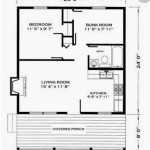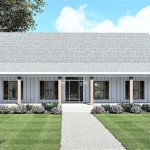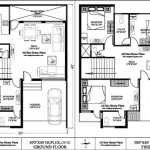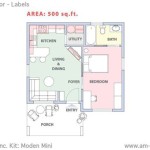Essential Aspects of Chandayan Harappan Site Housing Plans
The Chandayan Harappan site in Gujarat, India, has provided valuable insights into the urban planning and housing practices of the ancient Harappan civilization. Excavations at the site have revealed several well-preserved house plans, providing a glimpse into the lives of the Harappans.
Grid Plan: One of the most striking features of Chandayan's housing plans is the use of a grid system. The houses were arranged in neat rows and columns, creating a sense of order and efficiency. The streets were also laid out in a grid pattern, with intersecting roads forming regular blocks.
Orientation: The houses at Chandayan were typically oriented towards the north or south, taking advantage of natural ventilation and lighting. This orientation allowed for cross-ventilation through the rooms, creating a more comfortable indoor environment.
Courtyards: Many of the houses in Chandayan featured courtyards, which served as private open spaces. Courtyards provided natural light to the interior rooms and were often used for cooking, storage, or even animal keeping.
Specialized Rooms: The housing plans at Chandayan suggest that the Harappans had specialized rooms for different activities. Smaller rooms were likely used as bedrooms or study areas, while larger rooms were used for living, dining, or storing goods.
Drainage System: The houses at Chandayan were equipped with an efficient drainage system. Drains were built into the floors of the rooms and connected to a network of underground pipes. This system helped to prevent waterlogging and maintain a sanitary environment.
Materials: The houses at Chandayan were primarily constructed using mud bricks. Mud bricks were made by mixing clay with water and straw, and then drying them in the sun. The use of mud bricks allowed for quick and inexpensive construction.
Social Hierarchy: The size and complexity of the houses at Chandayan suggest that there was a social hierarchy within the community. Larger houses with more specialized rooms were likely occupied by members of the elite or wealthy families.
Conclusion: The housing plans of the Chandayan Harappan site provide valuable insights into the urban planning and lifestyle of the ancient Harappan civilization. The use of a grid system, careful orientation, and specialized rooms demonstrate the Harappans' advanced understanding of architecture and engineering. These housing plans have helped to shape our understanding of one of the most fascinating civilizations of ancient India.

Articles De Presse

Chandayan Village In Uttar Pradesh Could Have Possible Harappan Link The Economic Times

Remnants Of 4000 Years Old Harappan Period House Found Mystery

4 000 Year Old House Found At Baghpat Village Offers Rare Clue To Harappan Habitation Meerut News Times Of

Town Planning Of Indus Valley Civilization

Articles De Presse
If Houses In The Indus Valley Civilization Didn T Have Windows Then How Did Rooms Get Daylight Quora
If Houses In The Indus Valley Civilization Didn T Have Windows Then How Did Rooms Get Daylight Quora

Workers In The Night And Indus Civilization Harappa

4 000 Year Old Copper Crown Found In Harappan Clay Pots Indus Valley Civilization








